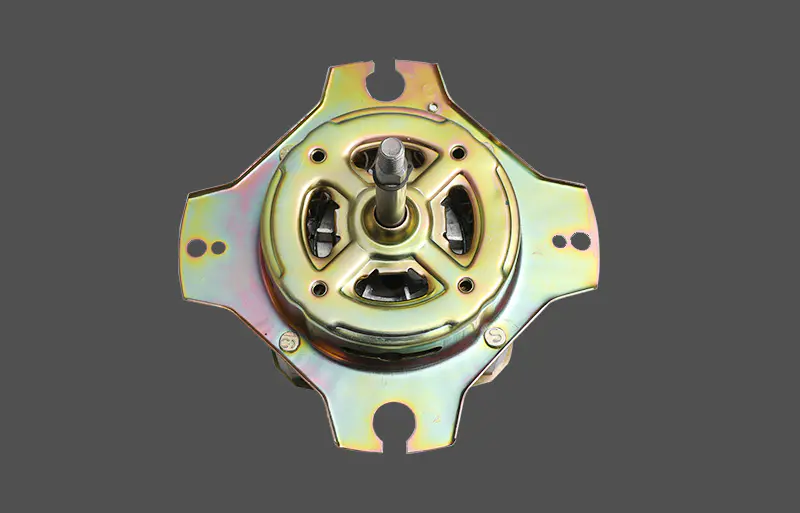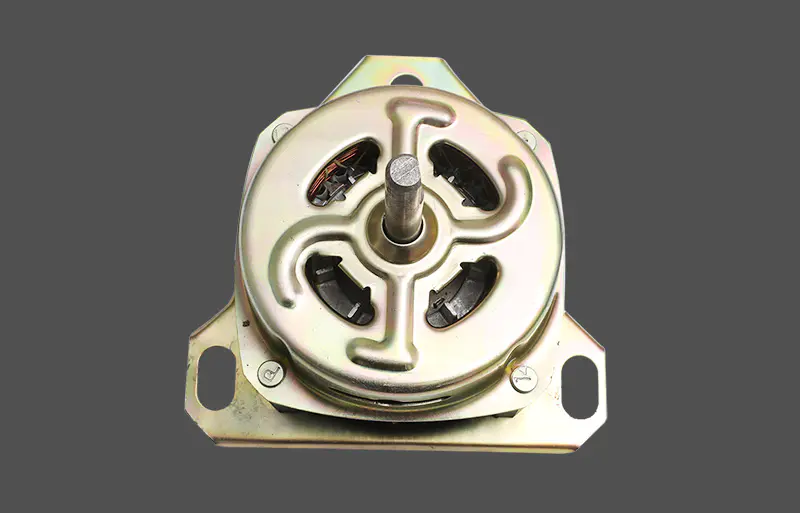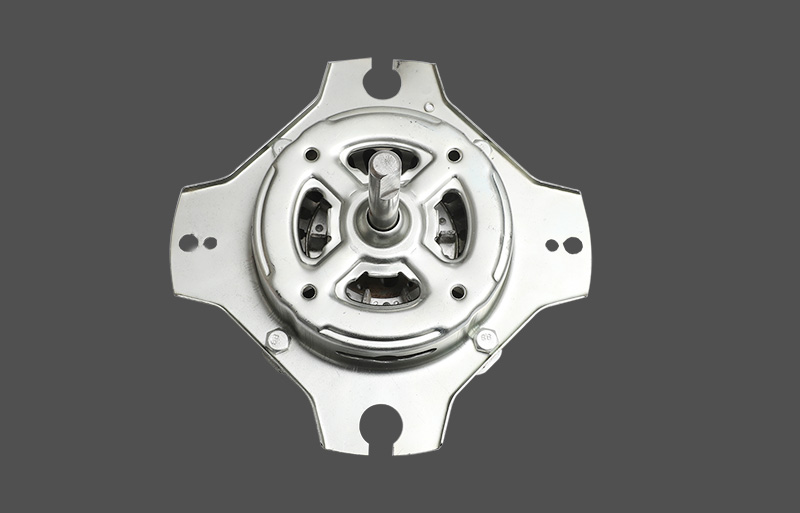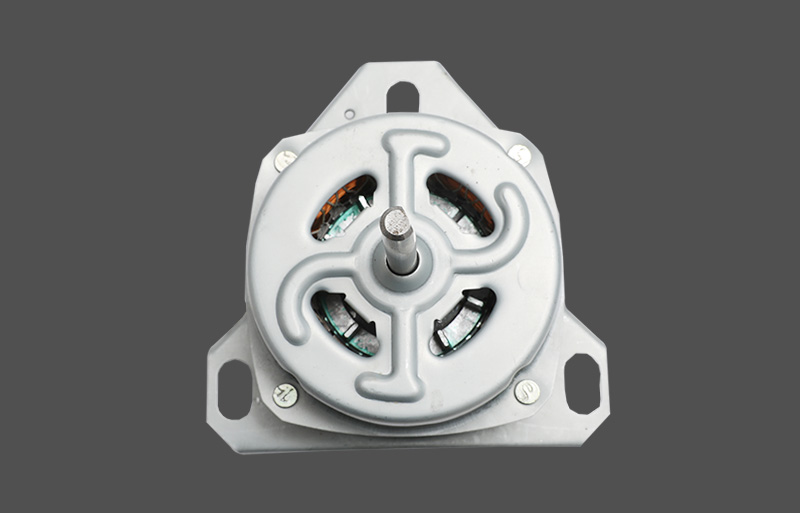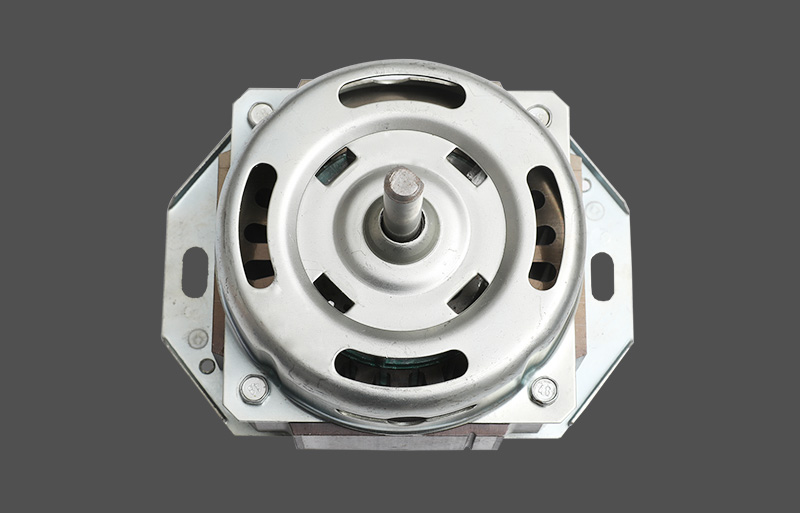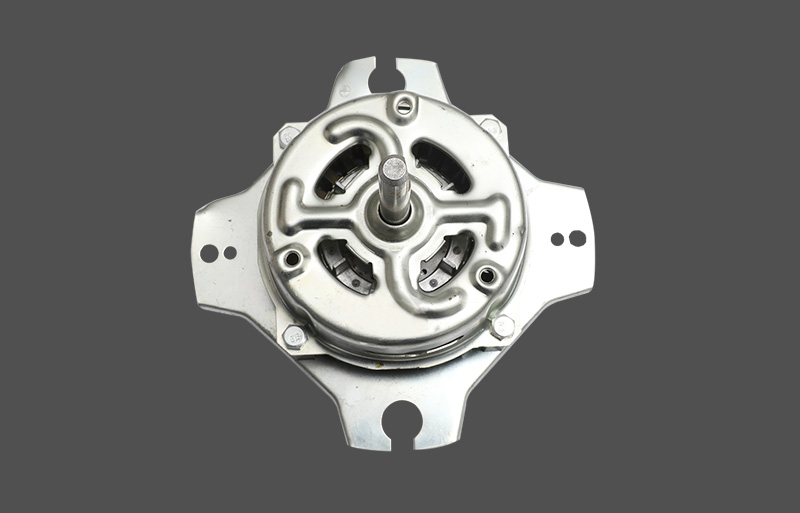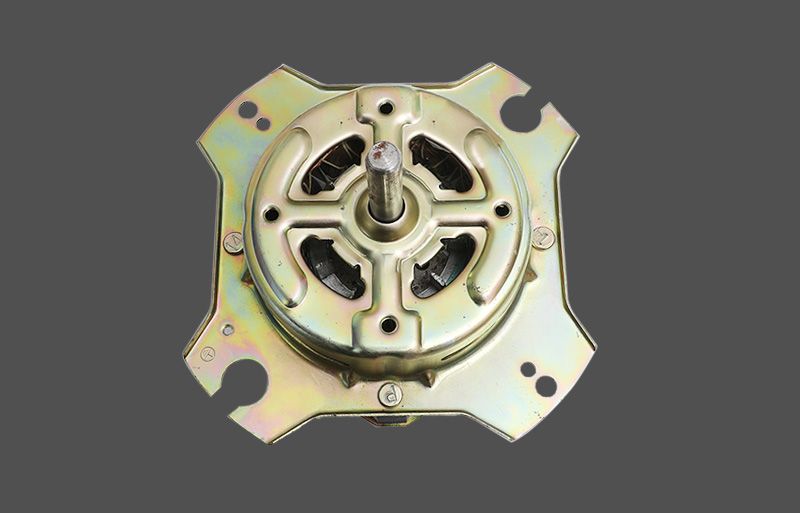Standing fans are common appliances in homes and offices, and their core driving component is the standing fan motor. Motor performance directly determines the fan's stability, energy efficiency, and lifespan. The speed control method is a key factor affecting fan comfort and efficiency.
Traditional AC Motor Speed Control Methods
Early floor fans mostly used AC induction motors. AC motor speed control primarily relies on varying the motor's input voltage or resistance to control the speed.
Resistor-Based Voltage Control
Resistor-Based Voltage Control
Resistor-based voltage control uses resistors of varying resistance values connected in series between the motor and the power supply to reduce the voltage at the motor terminals, thereby achieving speed regulation. This method is simple and low-cost, making it suitable for low-end fans. However, it has significant disadvantages: reduced motor efficiency, high power loss, and significant resistor heat generation, which can affect the fan's lifespan.
Stepped Capacitor Speed Control
Stepped capacitor speed control is primarily used in single-phase capacitor-start motors. By switching between starting and running capacitors of varying capacities, the motor's phase angle is altered, adjusting the motor's torque and speed. Compared to resistor-based speed control, this method offers higher efficiency, lower noise levels, and a relatively longer lifespan. However, its fixed speed ranges reduce flexibility.
Brushless DC Motor Speed Control
With technological advancements, floor fans are increasingly adopting brushless DC motors (BLDCs). BLDCs rely on electronic control, achieving precise speed control by varying the pulse-width modulation (PWM) of the motor's power supply.
PWM Speed Control
PWM speed control uses rapid switching to control the average voltage, thereby controlling the motor's speed and output power. This method offers continuous speed adjustment over a wide range and high energy efficiency. This method maintains high airflow and stability even at low speeds, while remaining quiet, making it suitable for modern smart fans.
Voltage Modulation Speed Control
Some BLDC fans use analog voltage modulation, adjusting the speed by varying the drive voltage amplitude. Higher voltages increase speed, while lower voltages reduce speed. This method offers simpler control and lower costs than PWM, but its speed control accuracy and efficiency are inferior to PWM.
Microprocessor-Controlled Speed Control
Advanced floor fans use a microcontroller (MCU) or digital signal processor (DSP) for intelligent speed control of the BLDC motor. The microprocessor can automatically adjust the speed based on temperature, indoor air flow, and user settings, optimizing energy savings and comfort. This method enables multi-speed or stepless speed regulation, while also supporting wind simulation, timing, and energy-saving modes.
Comparison of AC and DC Motor Speed Control
AC induction motor speed control primarily relies on passive components, making it suitable for traditional low-cost fans. However, it offers limited speed ranges, limited energy efficiency, and limited comfort. Brushless DC motor speed control relies on electronic control, enabling stepless speed regulation, intelligent wind control, and low-noise operation. It offers significant energy savings and a longer lifespan, making it the mainstream choice for modern floor fans.





